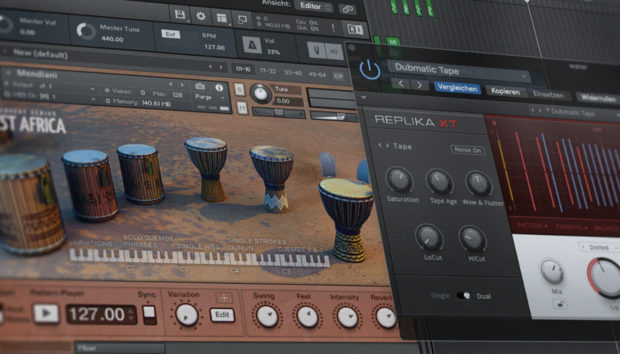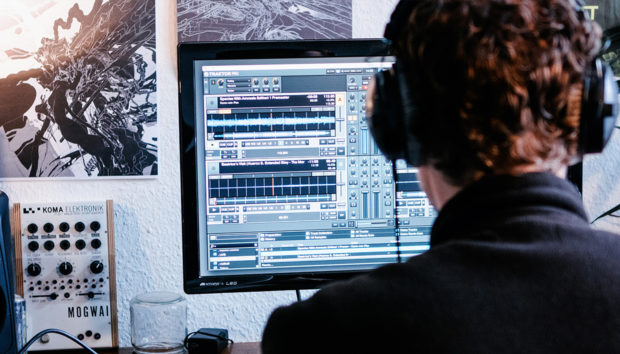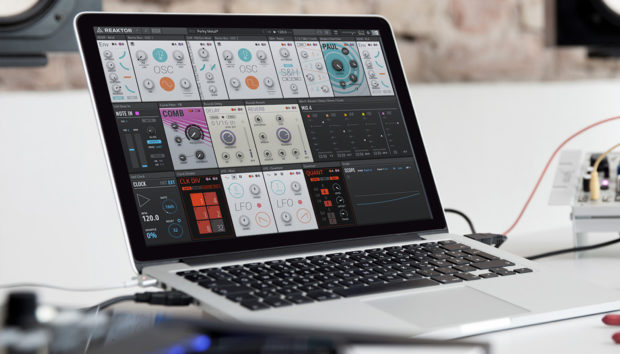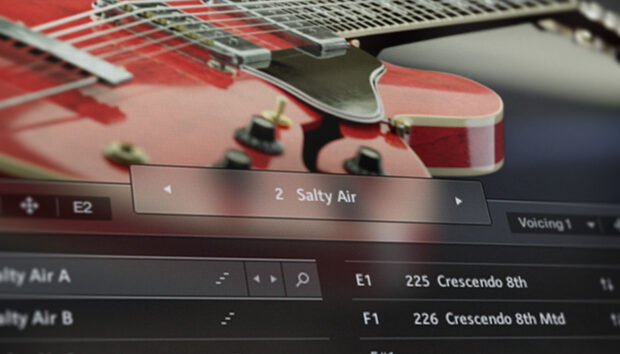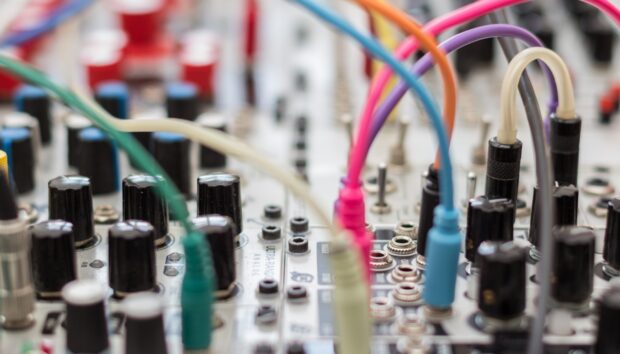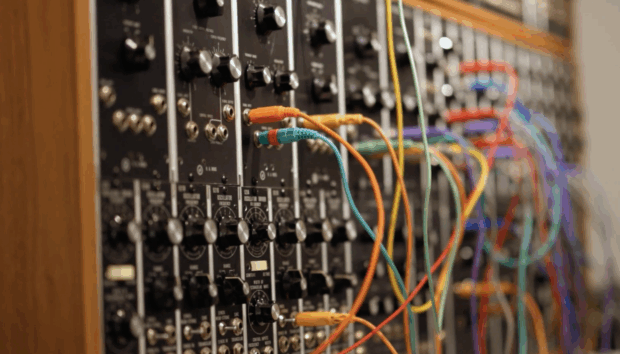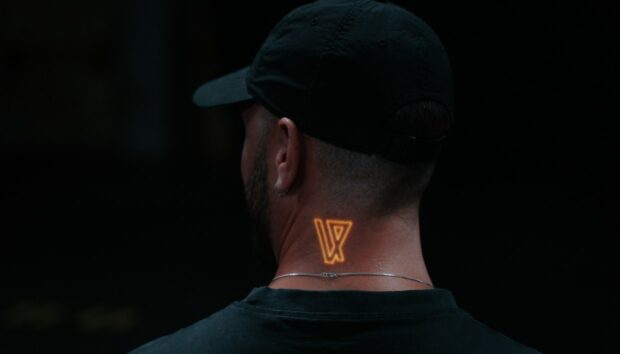A clean vocal doesn’t always mean a safe one – and JiLLi’s approach proves that clarity and character can go hand in hand. On her latest release “Shallow Waters” with David Hohme and N2N, her vocals cut through with intention: warm, detailed, and emotionally locked in.
It’s no accident.
Her workflow bridges precision and experimentation, with iZotope RX playing a key role not just in cleanup, but in shaping the final sound.
Known for her polished toplines and sample pack work with industry-leading sample pack companies, JiLLi’s voice is something that has defined more than a few artists’ entire careers. As a vocal instructor at Icon Collective, she also brings a technical mindset to every project.
In this interview, we get into her full vocal chain, how she approaches cleanup without over-processing, and some creative ways she’s using RX tools to reshape her sound beyond simple repair.
Jump to these sections:
- How JiLLi cleaned and processed her vocals on “Shallow Waters”
- Why clean takes always outperform heavy post-processing
- Her go-to RX tools for shaping vocals and fixing artifacts
- The most common mistake producers make during vocal tracking
- Using lo-fi and degraded vocals for intentional vibe
- Advice for producers struggling with vocal clarity in home studios
Stick around to hear how JiLLi brings precision and feel together in her vocal work – and why the right use of RX can unlock more than just a cleaner take.
How much do you prioritize cleaning up vocals before processing them creatively?
For creating vocal effects, ear candy, and elements for personalizing an atmosphere, I’ve found it’s important to have a clean vocal at the start, before starting to color and distort.
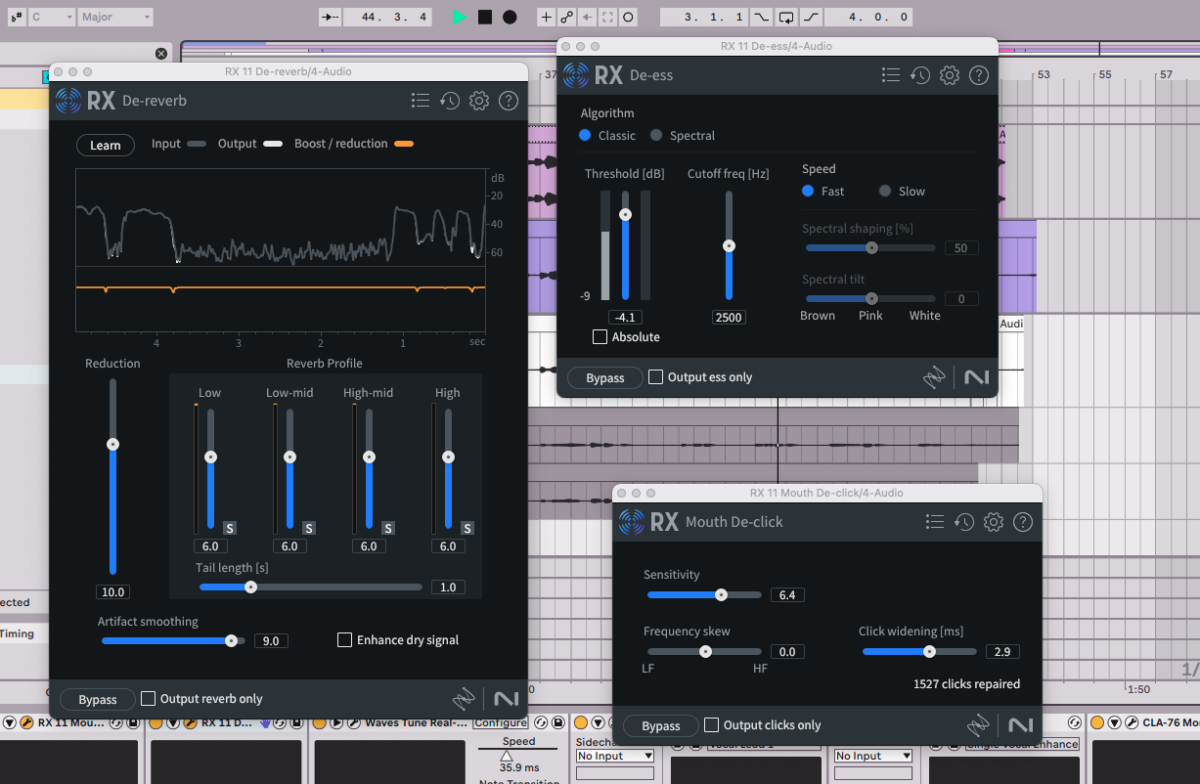
A lot of creative decisions I make involve resampling or heavy saturation and compression, so baking unwanted pop/click into the process brings artifacts to the surface. I like to take care of them before so there’s less correction to be done!
Do you approach cleaning vocals differently for different genres (electronic vs. acoustic vs. pop)?
I use the same cleaning process for sample packs as I do for electronic music, or pop/acoustic – though it’s much more critical for sample pack vocals to be immaculate, since there’s no instrument to hide headphone bleed or room noise.
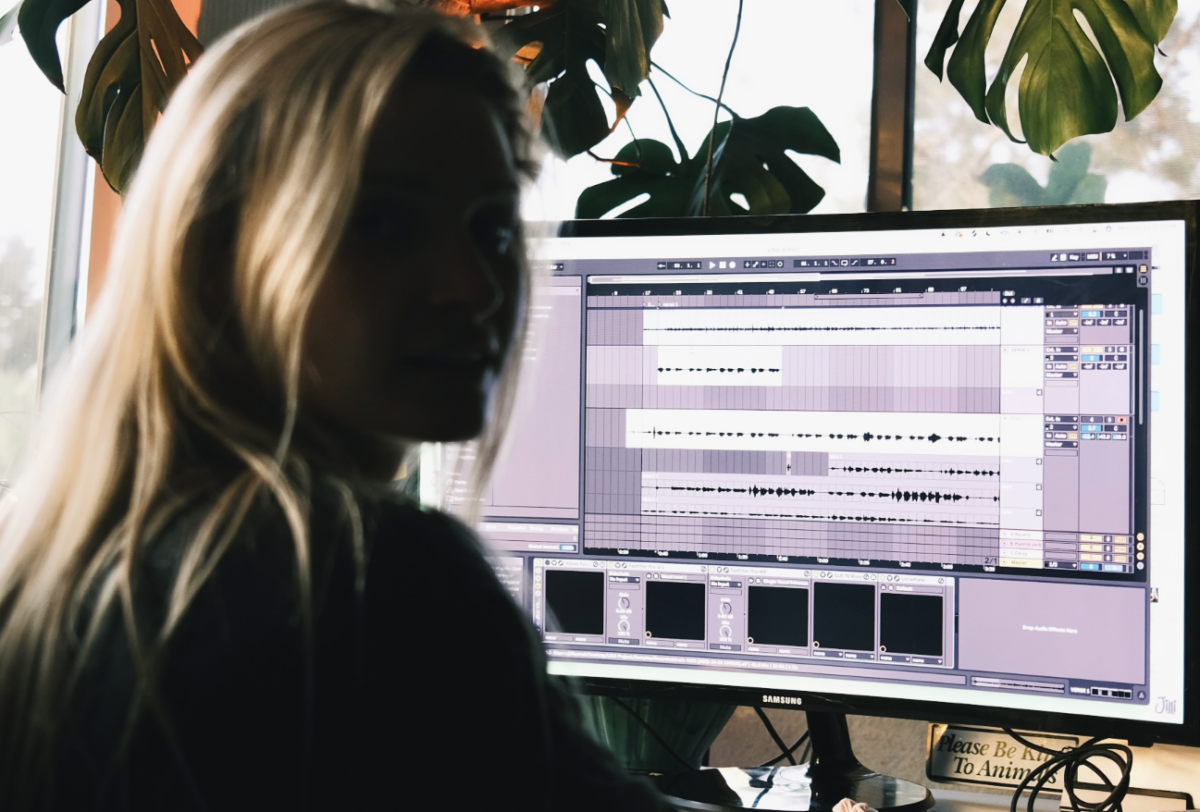
For releases, the processing is where they all have their own flavor depending on the genre.
Pro tip from JiLLi: The best way to ensure a solid vocal is to get clean takes when recording. The more you mitigate room noise and have a healthy gain level, the less post-processing you will need to do!
Do you ever use RX tools to reshape a vocal instead of just cleaning it up?
Usually I’m getting a pretty clean take for my vocals, but I do use RX on instruments or to fix vocal glitches.
For example, when I’m resampling something from a plugin like Fracture – while I’m turning knobs different pops or harsh sounds are produced so using RX can pluck them out without ruining the effects I’m trying to make.
Pro tip from JiLLi: Try RX De-click or Mouth De-click on instruments and sound design to fix harshness or artifacts. It’s crazy what it can pull out!
What’s one mistake you see producers make when trying to fix vocals in post instead of addressing it during tracking?
Not dialing in mic levels or ensuring the vocalist is the right distance away from the mic. If you get a clean take you don’t have to work as hard to process or correct things.
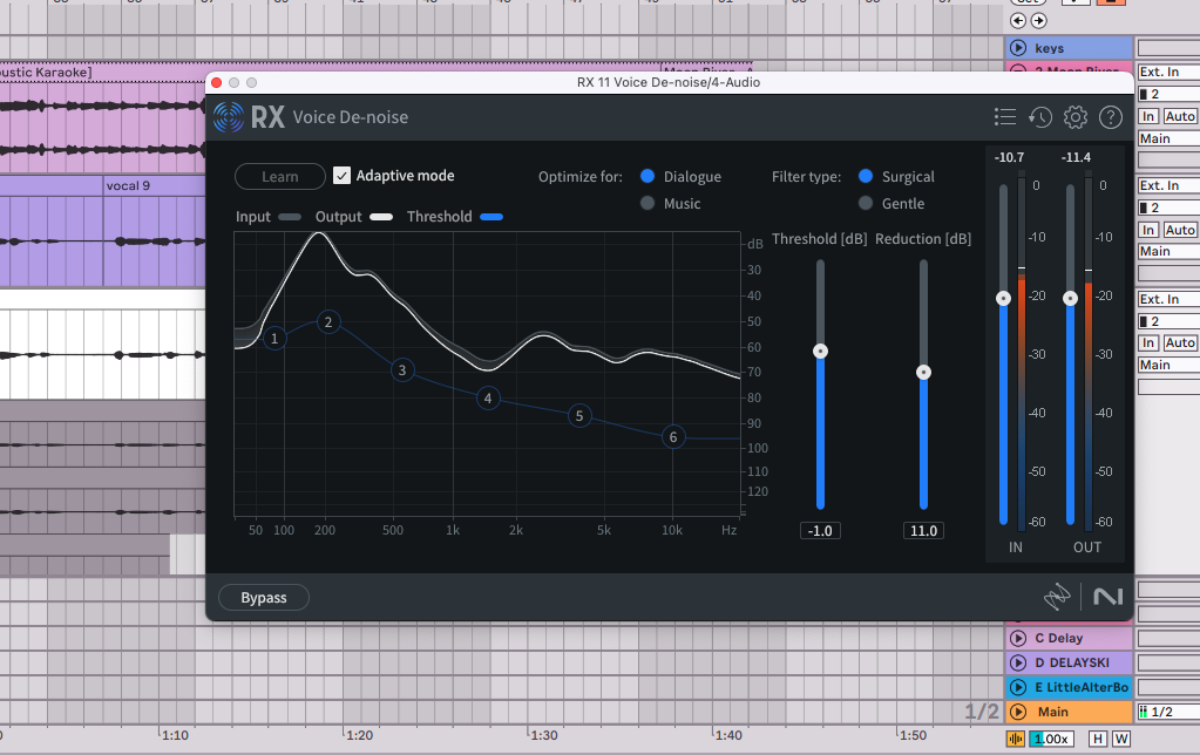
It should be simple. I think people overcomplicate things.
Pro tip from JiLLi: Comp vocals for delivery, not pitch or noise artifacts. You can fix those later, but there’s no dial or plugin to fix emotional delivery!
Share your opinion on using slightly degraded or lo-fi vocal recordings intentionally for vibe
It’s such a vibe! I love when people use an iPhone recording and do not try to hide it – it makes the track more authentic when you’re owning it like that!
Pro tip from JiLLi: Mouth pops, clicks, and unwanted resonance will be easier to avoid or fix if you’re a proper distance from the microphone.
What’s your biggest piece of advice for producers struggling with messy vocal recordings?
The space you record in matters.
It’s great to invest in software + plugins, but you should also be investing in panels and room treatment.
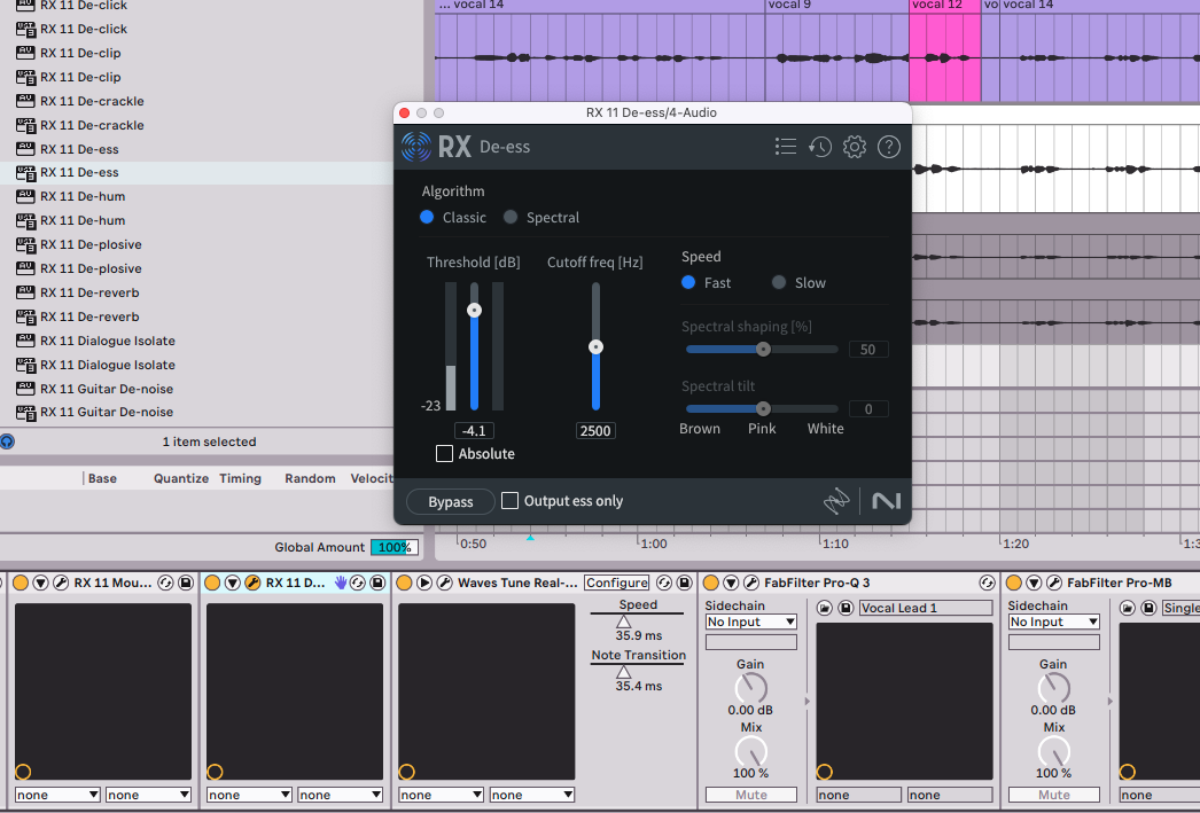
Pro tip from JiLLi: Gain staging is essential so the plugins work efficiently, not working over time!
Start using RX to edit your vocals
Huge thanks to JiLLi for breaking down her vocal process and showing how cleanup and creativity aren’t separate steps – they’re part of the same workflow. iZotope RX isn’t just a tool she leans on to fix issues – it’s baked into how she builds tone, shapes texture, and keeps her vocal chain flexible.
You can hear it all over “Shallow Waters”. The performance is clean, but not over-sanitized. Everything feels intentional without losing the human quality that makes a vocal stick.
For anyone struggling to get vocals to sit right, this interview is a reminder that clarity starts at the source – but how you clean, shape, and commit to those layers can make space for something more personal.
